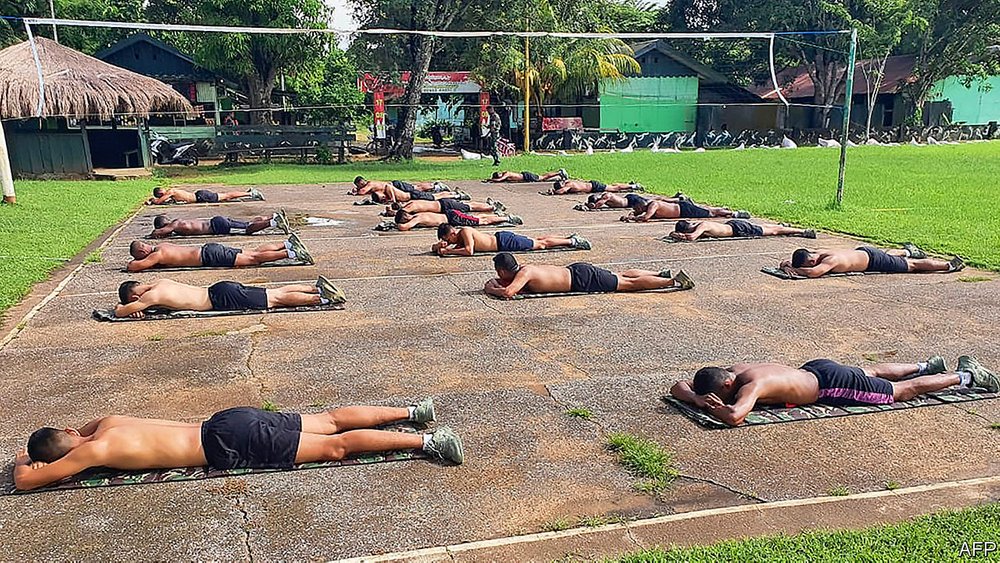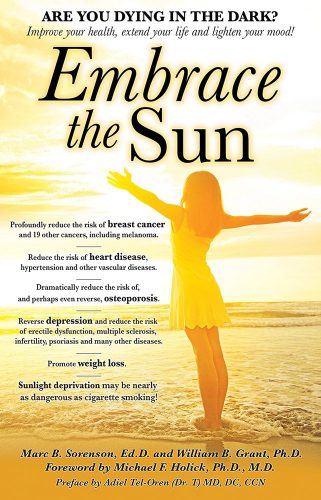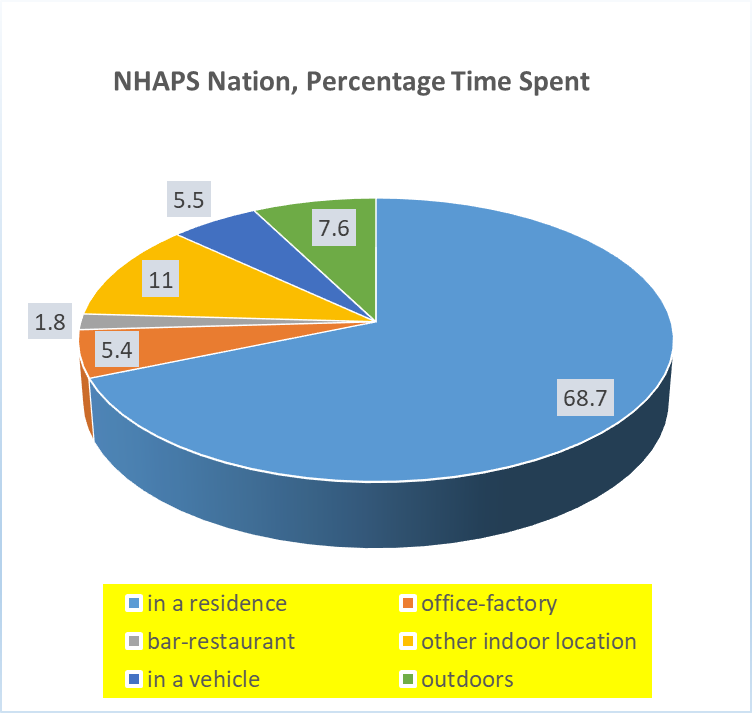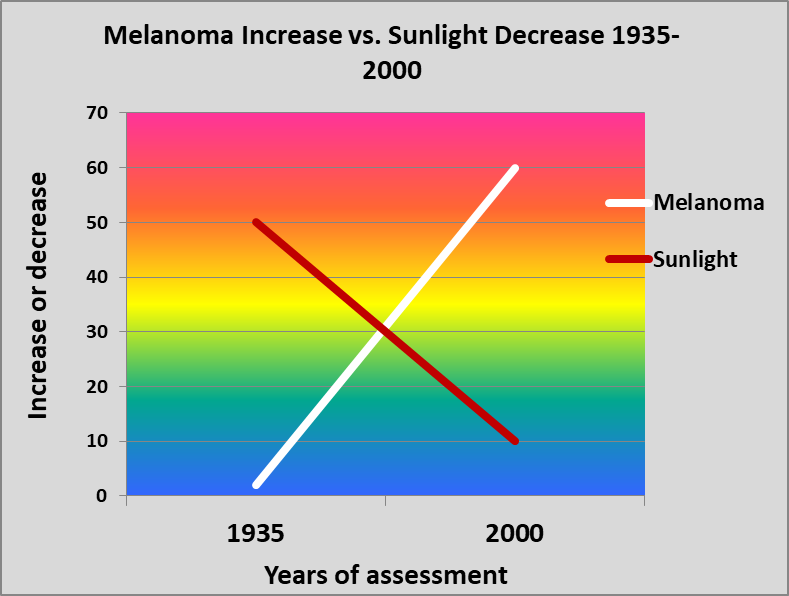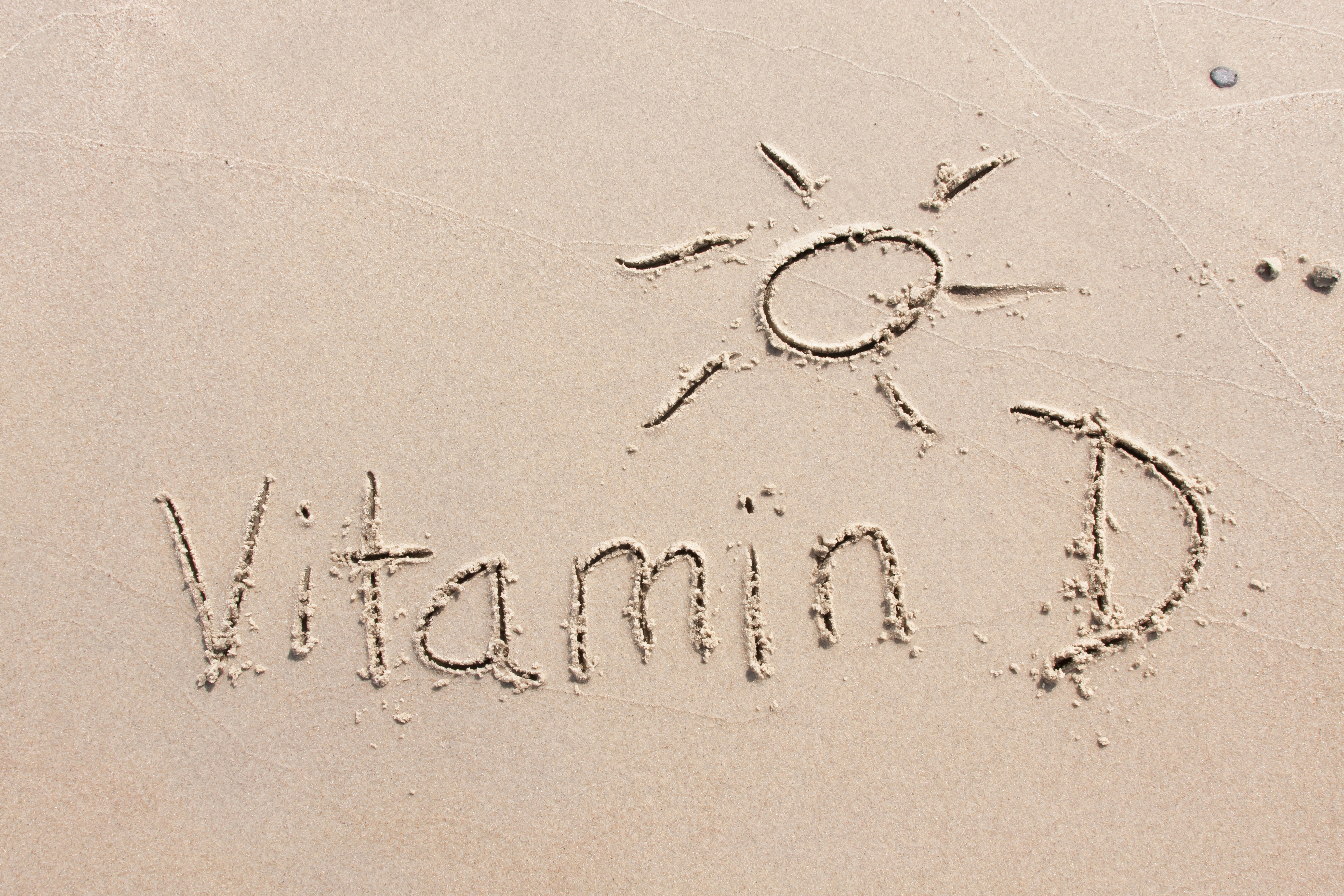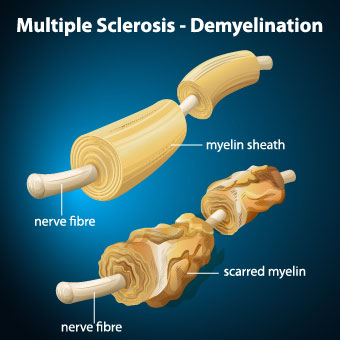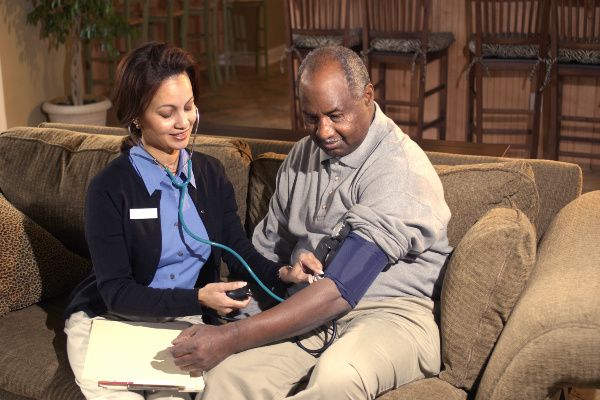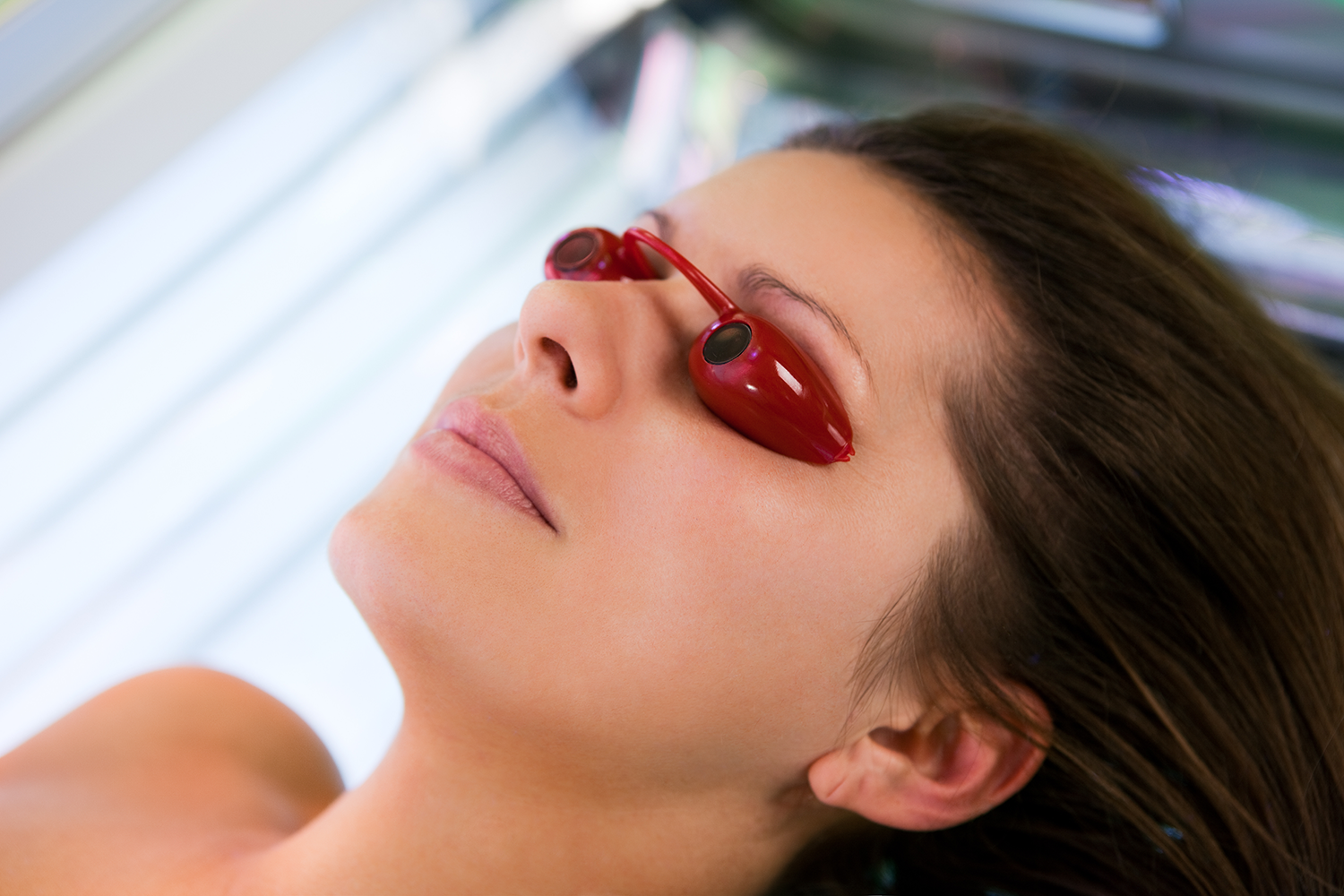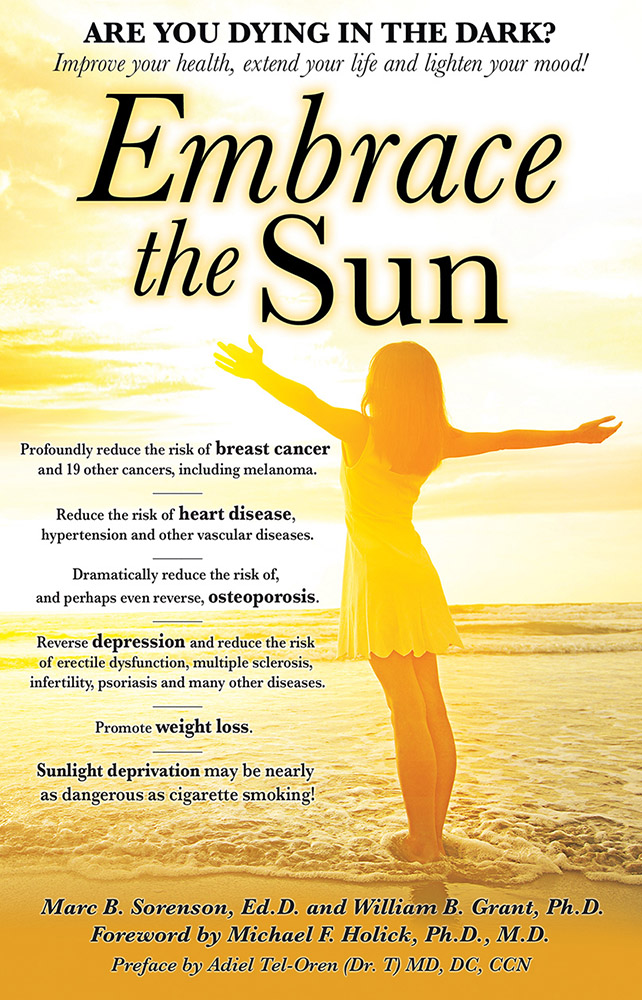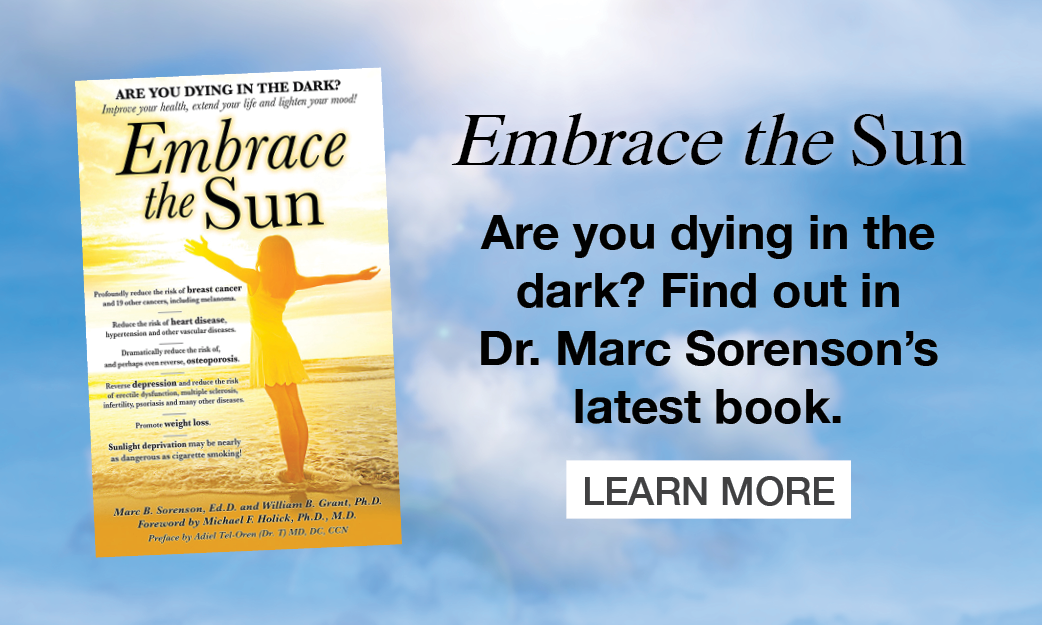By Marc Sorenson, EdD, Sunlight Institute
Sunlight, through regulation of the proper circadian rhythms, influences the health of nearly the entire the human body.
Circadian rhythms are variations in physiology and behavior that persist with a cycle length close to, but not exactly, 24 hours. It is necessary to synchronize the rhythms on a regular basis to maintain them, and such synchronization is achieved through regular exposure to light and darkness.[i] This is also known as “resetting the biological clock.”
Circadian rhythms include sleeping and waking in animals, flower closing and opening in angiosperms, and tissue growth and differentiation in fungi.[ii] There are other factors besides light and darkness that have an influence on either synchronization or desynchronization of the clock, but they play a small part. For the purpose of this book, we will consider the influence of light in maintaining proper circadian rhythms, and by so doing, enhance human health. Researchers have stated that “Mammalian circadian rhythms form an integral physiological system allowing for the synchronization of all metabolic processes [emphasis mine] to daily light/dark cycles, thereby optimizing their efficacy.”[iii] Anything that has a profound effect on all metabolic processes is obviously important to the proper functioning of the human organism.
When circadian rhythms are disrupted (or de-synchronized), it upsets the physiology of the human body. People who take long flights across many time zones often feel “out of sorts” and many have a difficult time in adjusting to time zones to which they are not accustomed. We call this “jet lag,” and it is a common manifestation of a desynchronized rhythm. Another is night-shift work. When the body is expecting bright light and instead is exposed to dimness or darkness, its attempts to resynchronize can cause cloudy thinking, fatigue, and even more destructive damage to the psyche and physiology.
There are innumerable research papers that demonstrate the health detriments of a desynchronized circadian rhythm. For example, research on rats shows that desynchronization leads to premature cellular aging,[iv] as measured by telomere length (a DNA marker for life span); the shorter the telomeres, the shorter the life span. Young rats that were “jet-lagged” had aging characteristics of middle-aged rats.
It also appears that circadian disruptions change the structure of important proteins that play a protective role in cancer, thereby increasing the risk of breast cancer.[v] Other research has demonstrated that disruption of circadian rhythms may lead to a profound increase in the risk of heart disease, metabolic syndrome and other cancers;[vi] [vii] even the risk of poor dental hygiene and dental caries may be increased by desynchronized circadian rhythms.[viii]
One might ask why I am making such an emphasis on circadian rhythms. Here is the answer: Sunlight can, and should, reset the circadian clock daily; it is the timing cue, also called a zeitgeber, which entrains the physiologies of humans and thereby helps to prevent critical illness.[ix] [x]
This is another positive benefit of sunlight that occurs apart from vitamin D production.
[i] Duffy J, Cziesler C, Effect of Light on Human Circadian Physiology. Sleep Med Clin. 2009 June; 4(2): 165–177.
[ii] http://dictionary.reference.com/browse/circadian%20rhythm?s=t
[iii] Mitchell MI, Engelbrecht AM. Circadian Rhythms and Breast Cancer: The Role of Per2 in Doxorubicin-Induced Cell Death. J Toxicol. 2015;2015:392360.
[iv] Grosbellet E, Zahn S, Arrivé M, Dumont S, Gourmelen S, Pévet P, Challet E, Criscuolo F. Circadian desynchronization triggers premature cellular aging in a diurnal rodent. FASEB J. 2015 Aug 10. pii: fj.14-266817. [Epub ahead of print]
[v] Mitchell MI, Engelbrecht AM. Circadian Rhythms and Breast Cancer: The Role of Per2 in Doxorubicin-Induced Cell Death. J Toxicol. 2015;2015:392360.
[vi] Vignesh Shanmugam, Amro Wafi, Nawaf Al-Taweel and Dietrich Büsselberg. Disruptions of circadian rhythm
Increase the risk of cancer, metabolic syndrome and cardiovascular disease. Journal of Local and Global Health Science, 2013:3.
[vii] Bratsun DA, Merkuriev DV, Zakharov AP, Pismen LM. Multiscale modeling of tumor growth induced by circadian rhythm disruption in epithelial tissue. J Biol Phys. 2015 Aug 21. [Epub ahead of print]
[viii] Lundgren AM, Öhrn K, Jönsson B. Do adolescents who are night owls have a higher risk of dental caries? – a case-control study. Int J Dent Hyg. 2015 Jul 22. doi: 10.1111/idh.12165. [Epub ahead of print]
[ix] Remi J. Humans Entrain to Sunlight – Impact of Social Jet Lag on Disease and Implications for Critical Illness. Curr Pharm Des. 2015;21(24):3431-7.
[x] Hasegawa Y, Arita M. Circadian clocks optimally adapt to sunlight for reliable synchronization. J R Soc Interface. 2013 Dec 18;11(92):20131018


